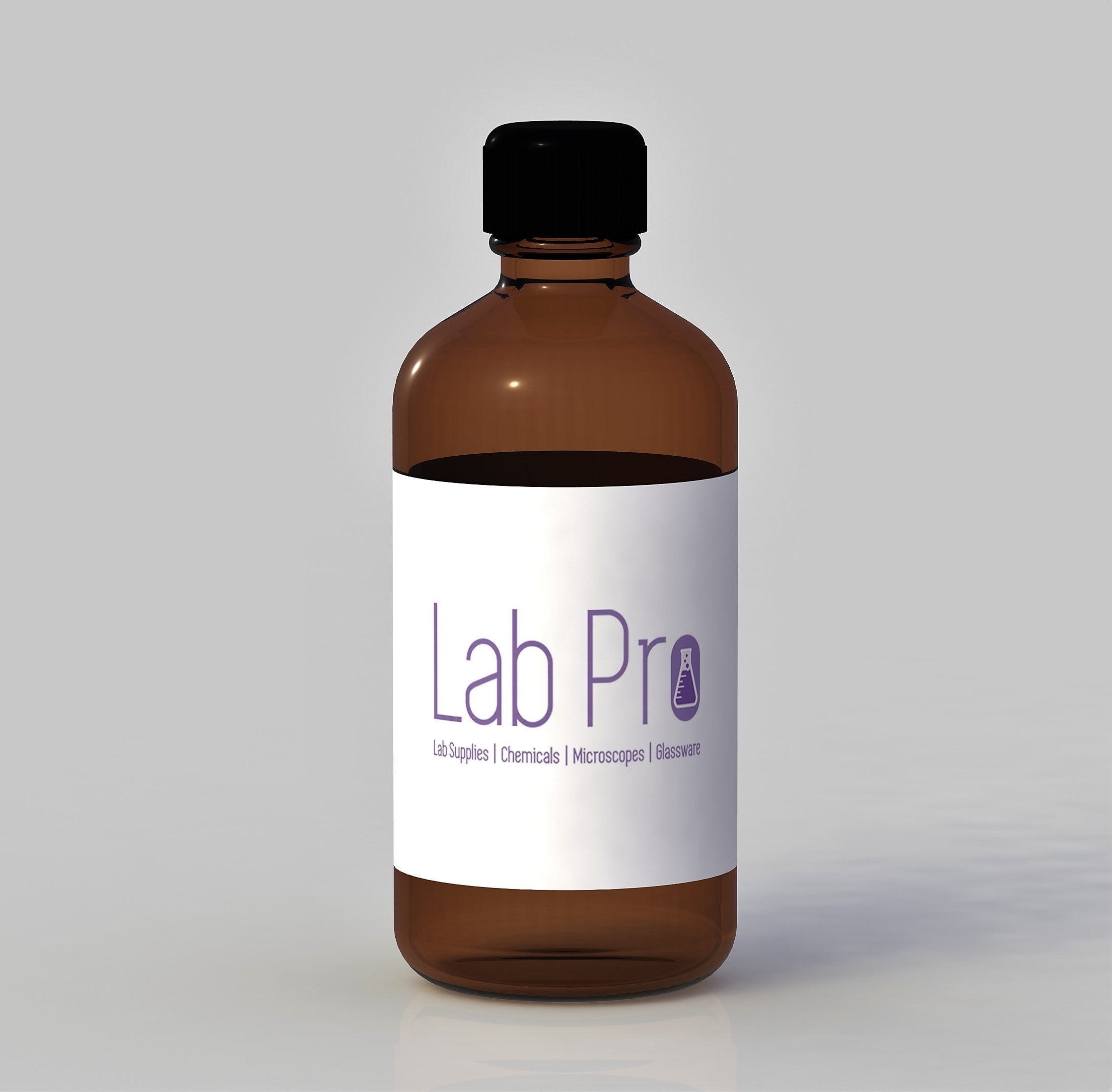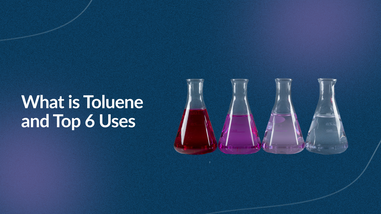- No products in the cart.
Nitric acid, also known as aqua fortis, is a highly corrosive and versatile chemical compound with a wide range of applications in various industrial processes. Its unique properties make it indispensable in the manufacturing of fertilizers, explosives, dyes, and pharmaceuticals. In this blog, we will delve into the role of nitric acid in these industrial processes, explore the chemical reactions involved, and highlight the significance of this compound.
Fertilizers
Nitric acid is the primary ingredient in ammonium nitrate, a common fertilizer. Ammonium nitrate is produced by reacting nitric acid with ammonia. The chemical reaction is:
NH3 + HNO3 → NH4NO3
Ammonium nitrate is a highly effective fertilizer because it is a source of both nitrogen and hydrogen, which are essential nutrients for plant growth.
Dyes
Nitric acid is used in the manufacture of dyes by reacting it with aromatic compounds. The chemical reaction is:
ArH + HNO3 → ArNO2 + H2O
The nitro group (NO2) is a very versatile functional group that can be used to produce a wide variety of dyes.
Pharmaceuticals
Nitric acid is used in the manufacture of pharmaceuticals by reacting it with organic compounds. The chemical reaction is:
ArH + HNO3 → ArNO2 + H2O
The nitro group can be used to modify the properties of organic compounds, making them more effective as drugs.

nitric acid is a powerful and versatile chemical that plays an important role in a wide variety of industrial processes. The chemical reactions involved in these processes are complex, but the significance of nitric acid is clear. Nitric acid is a key ingredient in many essential products, and it is essential for the modern world.
In addition to the industrial processes mentioned above, nitric acid is also used in a variety of other applications, including:
- Pickling metals
- Cleaning and etching glass
- Manufacturing nylon
- Electroplating
- Manufacturing rocket propellants
- Producing smoke bombs and tear gas
Safety Precautions
Nitric acid is a dangerous chemical, and it should be handled with care. Some of the safety precautions that should be taken when working with nitric acid include:
- Wear protective clothing, such as gloves, goggles, and a lab coat.
- Work in a well-ventilated area.
- Avoid contact with skin and eyes.
- If nitric acid comes into contact with skin or eyes, flush the area with water for at least 15 minutes and seek medical attention immediately.
- Do not mix nitric acid with other chemicals, as this could create dangerous fumes or explosions.
In conclusion, nitric acid plays a vital role in various industrial processes, including the production of fertilizers, explosives, dyes, and pharmaceuticals. Its unique chemical properties, such as strong oxidizing capabilities, make it an invaluable component in these applications. Nitric acid enables the synthesis of nitrogen-based fertilizers, which contribute to increased crop yields and food production. It also plays a crucial role in the manufacturing of explosives, dyes, and pigments, providing vibrant colors and desired properties to the end products. Additionally, nitric acid serves as a precursor in the production of pharmaceutical compounds, contributing to the development of medications to treat various medical conditions.











































